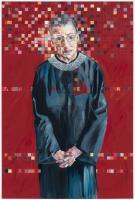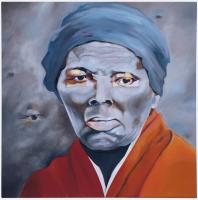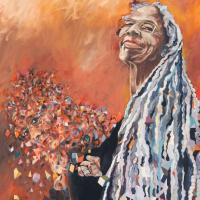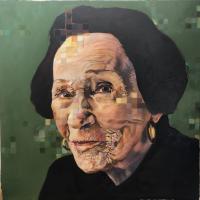Former Hallmark executive and trained printmaker Patti Streeper has turned her creative energy toward painting. With a focus on portraits, Patti uses art to tell the stories of women who have made significant contributions to society. Streeper’s artwork is on display at the Gardner branch until April 30, 2023.
Tell us about the works on exhibit. What’s the medium? What has inspired their creation?
My paintings are portraits of women (primarily from the past but also some present day women) that have contributed significantly in their various fields, but are relatively unknown. The medium is oil on canvas. As I began painting portraits I was drawn to diverse women and their fascinating stories of courage and accomplishment in spite of the obstacles they faced. These are women we should all know as well as we know the men of history. By sharing my work, I hope to raise people’s awareness of the accomplishment of all women and to enable broader conversation about women and their unique contributions.
What do you wish to convey when working on a portrait of someone?
When I prepare to paint a portrait, first I read about the individual, her field, the obstacles she faced and how she overcame those challenges. When I begin to paint her portrait I start with her eyes. That enables me to feel like I am “having a conversation” with her and honoring her for what she has done for all of us. My goal when I chose someone to paint is to help to share her story and to raise curiosity in the viewer to learn more.
What is the significance of the geometric shapes in your portraits?
The geometrics help to tell the woman’s story or point to some aspect of her work. I do not predetermine where and how the shapes will appear. I allow them to emerge as I paint her portrait and interpret her story. For example, Ruth Bader Ginsberg has squares illustrating her contributions using her intellect, her heart and her hands. Dr. Anandi Gopal Joshi was the first woman doctor in India trained in the west. The squares appear very subtly in her white garment as her story reflects her quiet courage to help the women of India. For Lygia Clark, a mid-century Brazilian artist, I painted her face emerging through a re-creation of one of her artworks.
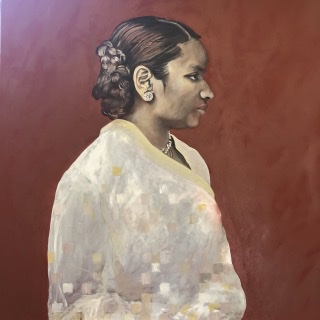
What has been a seminal experience?
I don’t know that I have a single experience I can point to other than my own experience as a woman in business, in art school and growing up in the sixties and seventies. As a result of my own experience, I feel I can empathize with these women’s stories and work to convey their truth.
What is your most important artist tool? IS there something you can’t live without in your studio?
Probably my most important tool isn’t really a tool but a source of energy. My passion about sharing these women and their stories keeps me going. I find these women inspiring in so many ways.
What books, movies and/or music have inspired you recently?
One book I love is Braiding Sweetgrass by Robin Wall Kimmerer. I read it and I listened to as an audio book – her voice and her native language are beautiful to hear. Robin’s understanding of nature as a Native American woman and as a scientist is inspiring as well as an important reminder to pay attention to the natural world and its wisdom. Another book that will likely inspire a portrait in the future, is The Woman Who Smashed Codes by Jason Fagone about Elizebeth Smith Friedman, the story of a young woman who became one of the greatest code breakers in America.


